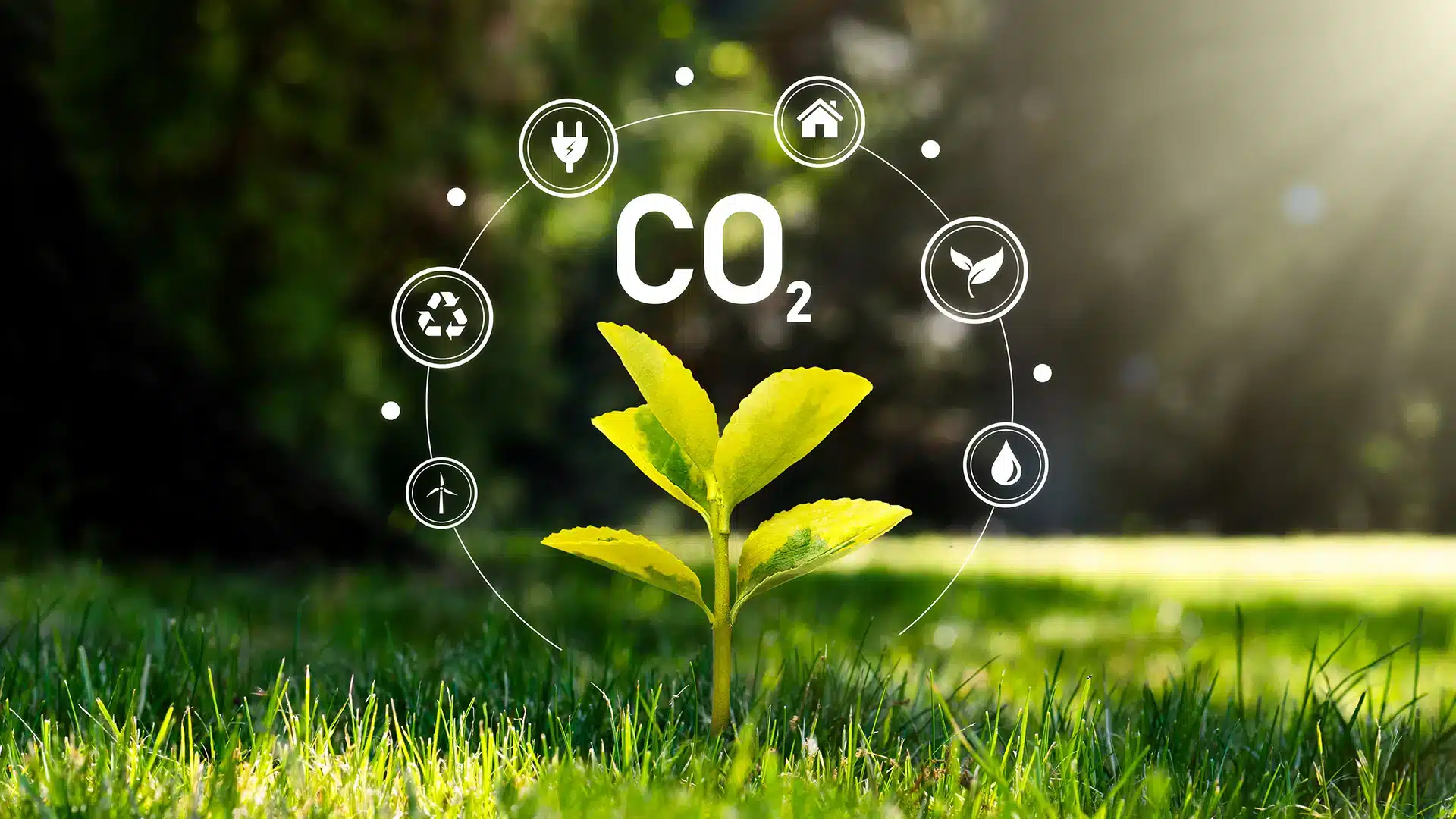CO2 refrigeration is the future. Here’s why.

CO2 refrigeration is seeing increased adoption in the U.S. As it pertains to retailers, stakeholders are focused on a more sustainable future using refrigerants with lower global warming potential (GWP). With the cost of traditional refrigerants more than tripling over the last two years, supermarkets and cold storage facilities are looking to CO2 as a refrigerant alternative that is natural, environmentally friendly and cost-effective.
According to an article in Supermarket News, “…the greening of commercial and industrial refrigeration equipment has been recognized as an essential tactic of decarbonization plans and corporate sustainability initiatives. Retailers are seeking long-term refrigeration strategies that support environmental, social and governance (ESG) efforts, energy efficiency and emissions reductions targets, and net zero goals.”
Why CO2 for commercial and industrial refrigeration?
CO2 is a natural refrigerant that never needs replacement and offers the following benefits:
- 10% more energy savings than hydrofluorocarbon (HFC) parallel rack systems
- Lowest global warming potential (GWP of 1) of available refrigerants
- Safer non-toxic and non-flammable properties
- Up to 80% cost savings with CO2 vs other refrigerants
- Relief from leak tracking and EPA reporting requirements
- Eliminates refrigerant conversions
- Low total cost of ownership (TCO) and reduced maintenance
- Ongoing R&D to increase production volume and drive down costs
While ammonia (N3) is the most efficient refrigerant available, it’s also the most dangerous, requires staff to monitor, and has a large mechanical footprint which requires more maintenance.
CO2 is natural, never needs to be replaced, and utilizes electronic controls providing remote monitoring and lower maintenance costs.
Key driver of industry adoption
In addition to adoption across the food retail industry, CO2 refrigeration is also trending across food distribution, manufacturing, and processing facilities. There are many factors driving adoption, but the biggest stems from the American Innovation and Manufacturing (AIM) Act enacted December 27, 2020, which proposes the phasedown of HFCs and puts restrictions on their use.
In the U.S., “HFCs are primarily used in refrigeration and air-conditioning equipment in homes, commercial buildings, industrial operations, refrigerated transport, and motor vehicle air conditioning,” per the Environmental Protection Agency (EPA). The AIM Act directs the EPA to phase down the production and consumption of HFCs by 85% by 2036.
But the reality of these changes is much more imminent.
According to the EPA, “Consistent with the AIM Act, EPA is proposing to restrict the use of certain higher-GWP HFCs in aerosols, foams, and refrigeration, air conditioning, and heat pump products and equipment… The proposed rule would prohibit manufacture and import of products containing restricted HFCs by January 1, 2025, in most cases, and would prohibit the sale, distribution, and export of products containing restricted HFCs a year later, which in most cases would be January 1, 2026.”
Costs of refrigerants, equipment, installation, and service remain top decision criteria for customers, whether they are focused on sustainability or not. But as these existing equipment-related costs become regulated and/or prohibitive, natural refrigerants such as CO2 will be the best path forward – providing “green” benefits along the way.
Other industry drivers
Here are some other factors driving the CO2 refrigeration trend:
- Global, federal and state refrigerant regulations are moving the industry away from HFCs;
- The California Air Resources Board (CARB) is actively phasing down the use of HFCs in California through state-wide mandates. This is expected to be the benchmark for what is to come for the rest of the U.S.;
- As HFC production and phasedown continues, HFC refrigerant prices will continue to increase;
- CO2 refrigeration has been accepted and used widely in Europe for more than 10 years, and rapid global adoption continues there as well as in Japan and other countries;
- Investments in research and development (R&D) are driving technological improvements, new product offerings in CO2 systems, and emerging applications.
Moving toward sustainability
Whether it’s carbon emissions, compostable product packaging, reduction of plastics, renewable energy and more, industries across the board are focused on ways to contribute to a more sustainable and environmentally friendly future. CO2 refrigeration is no exception.
Per Supermarket News, “The increased focus on sustainable refrigeration and ongoing efforts to improve CO2 equipment and system technologies will position CO2 for much wider global adoption over the next decade.”
Large retailers such as Target, Aldi, Walmart, and others are already using CO2 refrigeration in new construction and facility remodeling projects. Are you next?
CO2 refrigeration is the future. Let us help you get ready.
Zone Mechanical and Zone Mechanical North, each a Smart Care company, are leaders in the equipment sales, service, installation, and engineering of CO2 refrigeration systems. With over 30 projects completed and over 20 CO2 transcritical installations, they are proven experts in the field. They, along with other Smart Care companies, can help customers transition to CO2 refrigeration systems.